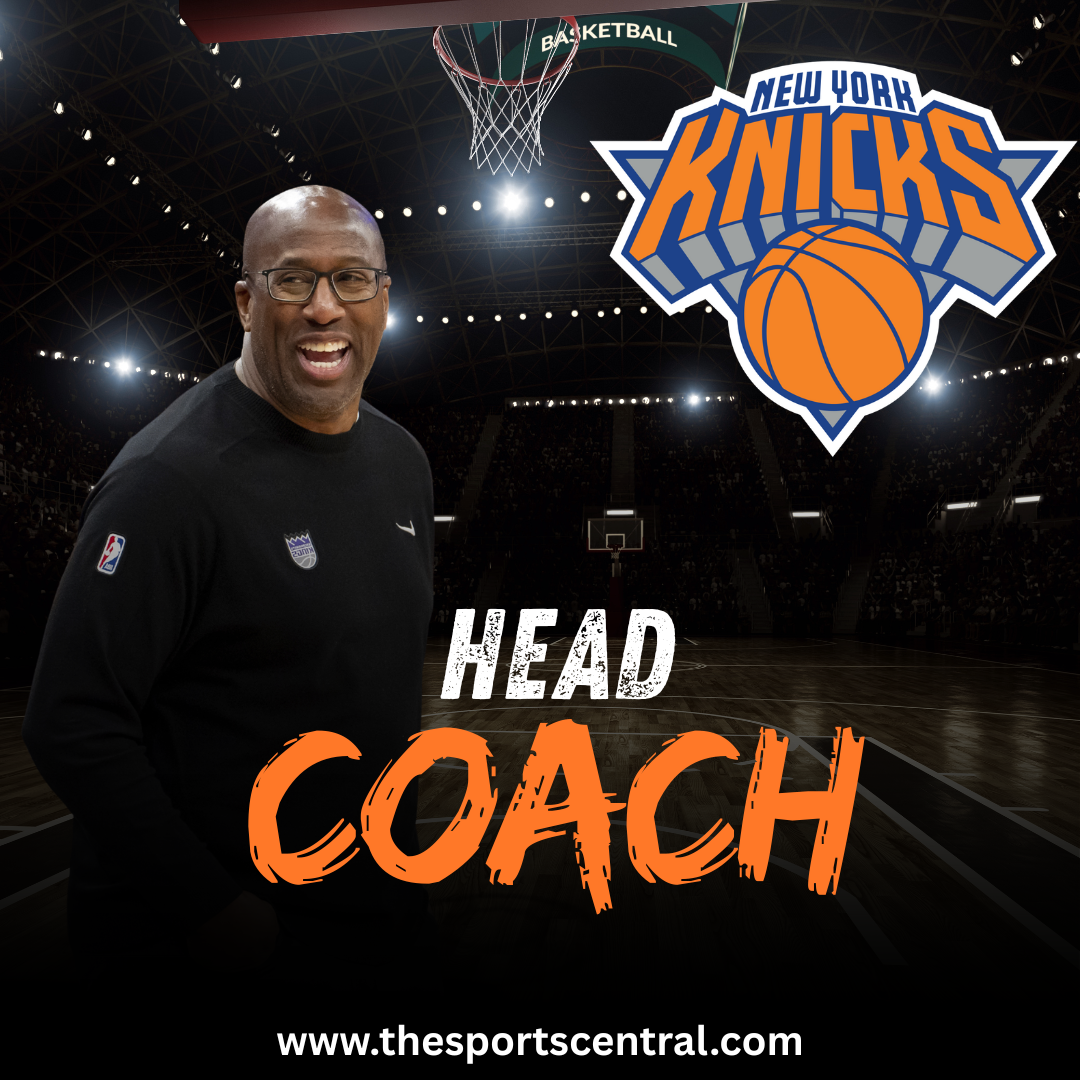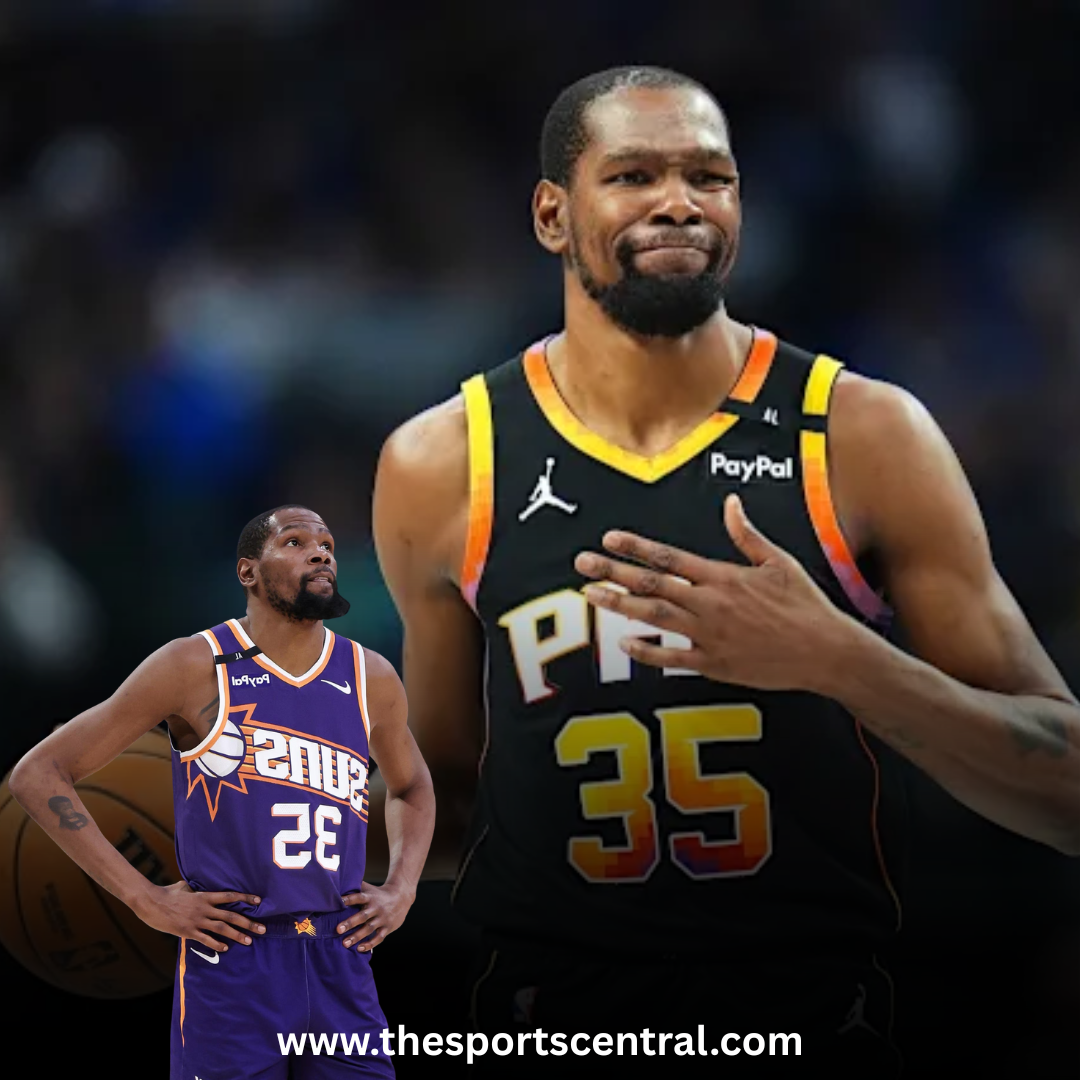Every year, the world celebrates World Blind Sports Day to recognize the achievements of visually impaired athletes and promote inclusivity in sports. This observance does more than mark a calendar date—it honors the strength, determination, and talent of individuals who refuse to let vision loss define their limits. Blind sports matter not just for their physical benefits but also for the powerful message they send: ability always triumphs over disability when opportunity meets support.
What Is World Blind Sports Day?
The International Blind Sports Federation (IBSA) plays a key role in promoting World Blind Sports Day. The organization launched this day to bring visibility to blind sports and to challenge stereotypes around visual impairment. While the exact date may vary across countries, the goal remains the same—to showcase the achievements of blind athletes and raise awareness about their struggles and triumphs.
Blind Sports Build Confidence and Independence
Sports offer far more than competition. For visually impaired individuals, participating in sports nurtures confidence, independence, and social connection. A blind child who joins a local goalball team learns teamwork, coordination, and self-belief. An adult who trains for a triathlon discovers strength and freedom that spills into everyday life.
When blind athletes compete and succeed, they break personal and societal barriers. They redefine what people believe possible. Sports become more than physical activity—they become a tool for empowerment.
A Closer Look at Popular Blind Sports
Blind sports have evolved across a wide range of disciplines. Each sport adapts to meet the needs of visually impaired athletes without compromising the competitive spirit.
Goalball
Developers created goalball specifically for blind athletes. Players wear blackout eye masks to ensure an equal playing field. The ball contains bells that make noise when it moves. Athletes rely on sound, spatial awareness, and lightning-fast reflexes to defend their goal and score against their opponents.
Blind Football (5-a-side Football)
Blind football, also called 5-a-side football, features teams of five players—four blind or visually impaired outfield players and one sighted goalkeeper. The ball contains a noise-making device, allowing players to track its movement. The sport features in the Paralympic Games, drawing thousands of fans who witness world-class performances.
Paralympic Judo
Judokas with visual impairments compete in standard judo formats. However, matches begin with physical contact to ensure fairness. Athletes navigate the match using their sense of touch, balance, and body position. This sport proves that vision is not a requirement for strategy and power.
Athletics and Swimming
Blind athletes also shine in athletics and swimming. They run with the help of guide runners, or they swim in specially designed lanes with tactile cues. Their focus, synchronization, and discipline inspire anyone who watches them compete.
Blind Athletes Break Stereotypes
Society often underestimates people with disabilities. Blind athletes destroy these assumptions every time they step onto a track, a mat, or a field. They don’t just play sports—they win world titles, break records, and represent their countries at international events. They prove that vision loss does not mean ability loss.
Athletes like Marla Runyan, the first legally blind athlete to compete in the Olympics, or Antonio Tenorio, a six-time Paralympic judo medalist, inspire a new generation of athletes. Their stories erase doubt and replace it with determination and pride.
Blind Sports Foster Inclusion
Inclusion does not happen by accident. It demands effort, policy, and advocacy. Events like World Blind Sports Day bring much-needed attention to inclusive sporting programs. Governments and organizations use this platform to push for accessible training facilities, adaptive equipment, and equal funding for blind athletes.
Schools that introduce inclusive physical education programs often see better social integration and mental health among students with disabilities. Local sports clubs that welcome blind players create stronger, more empathetic communities.
Technology Boosts Accessibility in Blind Sports
Innovation continues to expand possibilities in blind sports. Engineers and researchers develop smart wearables, audio feedback systems, and sensory equipment that make sports more accessible.
For example, smart glasses and GPS-based devices help blind runners stay on track. Tactile maps allow blind football players to memorize field positions. These tools don’t offer advantage—they provide access. Technology levels the playing field and supports blind athletes in reaching their full potential.
Why This Day Demands Global Attention
Many blind athletes still face unequal opportunities. In several parts of the world, visually impaired individuals struggle to find local sporting programs, coaches who understand their needs, or even transportation to training facilities. Some athletes train without proper equipment or compete without recognition.
World Blind Sports Day calls attention to these gaps. It encourages governments, NGOs, and the private sector to take action. Inclusion must become policy—not just possibility.
Events on this day—such as demonstration matches, storytelling sessions, sports clinics, and community marathons—bring people together. They help build understanding and reduce stigma. They also create moments where blind athletes become role models, not exceptions.
How You Can Support Blind Sports
Supporting blind sports doesn’t require specialized knowledge or deep pockets. You can make an impact by:
- Attending local blind sports events
- Volunteering as a guide, coach, or coordinator
- Sharing stories of blind athletes on social media
- Donating to organizations that promote inclusive sports
- Pushing for inclusive policies in your school, workplace, or community
If you teach or coach, you can adapt sports to make them more inclusive. If you lead a business, you can sponsor events or donate equipment. If you’re a student, you can raise awareness through campaigns and blogs.
The Road Ahead
The world must continue to break down the barriers that blind athletes face. World Blind Sports Day provides an opportunity to reflect and act. This movement asks everyone—athletes, organizers, fans, and policymakers—to work toward a world where sports belong to everyone.
The celebration of blind sports reminds us that competition thrives not in the absence of challenge but in the presence of courage. Vision may differ, but the drive, spirit, and heart of an athlete remain the same. On this day, and every day, we honor not just what blind athletes achieve—but also how they change the world by doing it.










